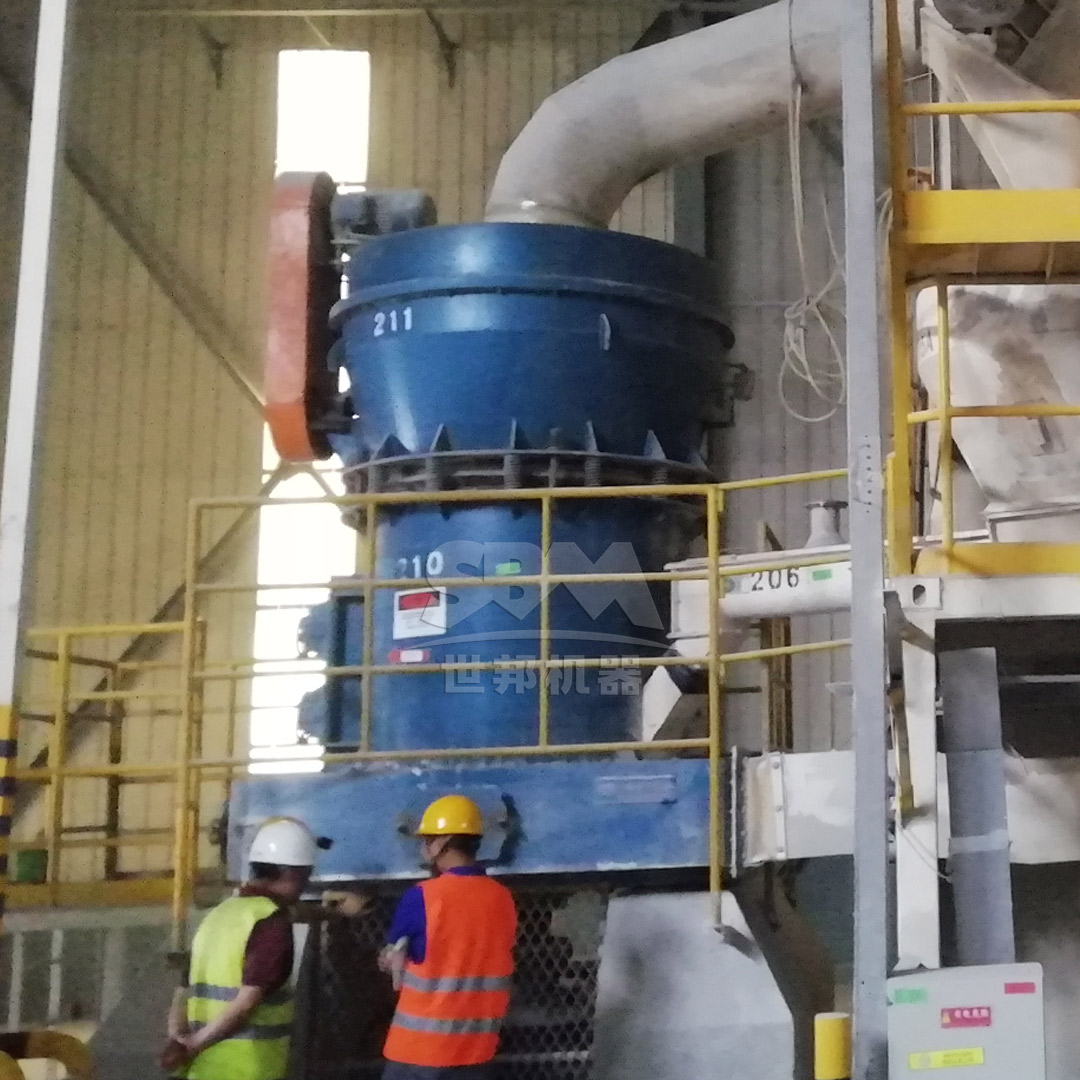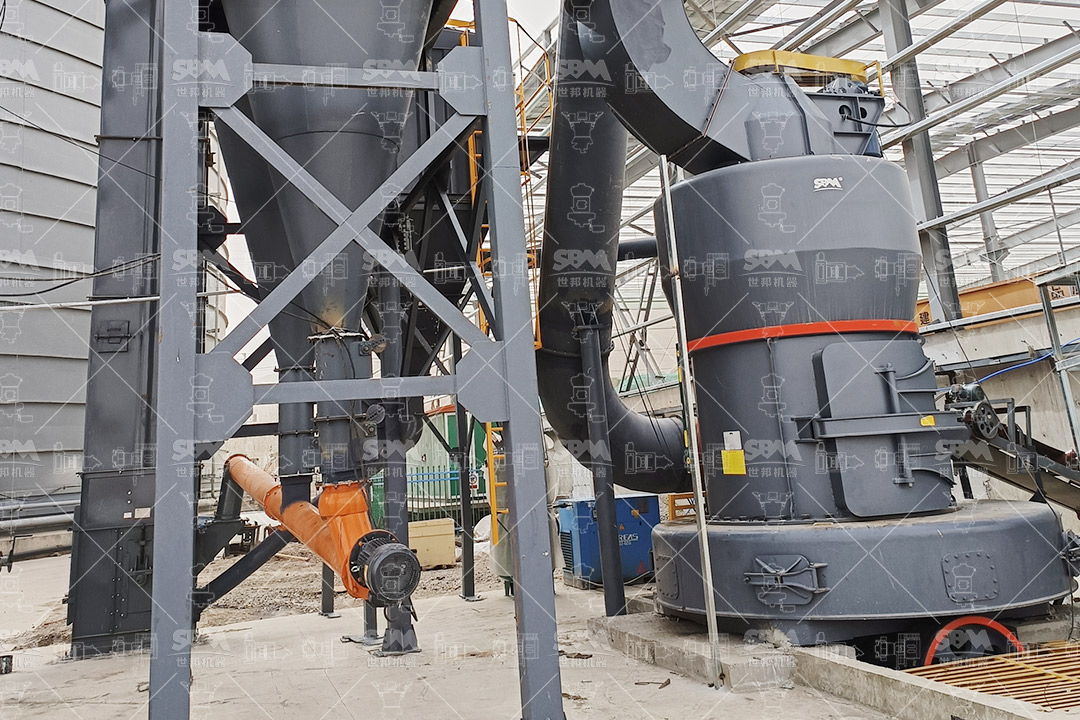Solid waste management represents one of the most significant environmental challenges of our time, with industries worldwide seeking effective methods to stabilize and repurpose waste materials. Among various stabilization techniques, the use of bentonite has emerged as a particularly effective solution due to its exceptional swelling capacity, adsorption properties, and chemical stability. However, the effectiveness of bentonite in waste stabilization heavily depends on achieving the optimal particle size distribution, which is where advanced grinding technology plays a crucial role.
The transformation of raw bentonite into a functional stabilization agent requires precise size reduction to maximize its surface area and reactivity. This article explores the critical relationship between bentonite grinding technology and solid waste stabilization, examining how modern grinding equipment can enhance the performance of bentonite in environmental applications while improving operational efficiency and sustainability.

Bentonite, primarily composed of montmorillonite clay minerals, possesses unique properties that make it ideal for solid waste stabilization applications. When properly ground to the appropriate fineness, bentonite exhibits remarkable characteristics including:
The effectiveness of these properties is directly proportional to the fineness and uniformity of the bentonite powder. Coarse particles with inadequate surface area cannot fully develop these beneficial characteristics, while excessively fine particles may create handling difficulties and increase costs without proportional benefits.
Processing bentonite for waste stabilization applications presents specific challenges that require specialized grinding equipment. The ideal bentonite grinding system must address several critical requirements:
Effective waste stabilization demands precise control over particle size distribution. The grinding equipment must consistently produce material within the 200-500 mesh range (74-25 microns) for most applications, with some specialized uses requiring even finer particles down to 2500 mesh (5 microns). The particle size distribution directly affects bentonite’s swelling rate, hydraulic conductivity, and contaminant adsorption capacity.
Bentonite contains crystalline water that can be driven off at elevated temperatures, potentially compromising its swelling properties. Grinding systems must operate within temperature thresholds that preserve bentonite’s structural integrity, typically below 80-90°C to prevent dehydration of the montmorillonite structure.
Since bentonite used in environmental applications must meet strict chemical composition requirements, grinding equipment must minimize metallic contamination from wear parts. This necessitates the use of specialized materials in high-wear components and effective separation systems to remove any potential contaminants.
Natural bentonite typically contains 8-15% moisture, which contributes to its processing characteristics and final performance. The grinding process should not excessively dry the material unless specifically required for the application, as maintaining appropriate moisture levels can enhance bentonite’s activation and performance in stabilization applications.

Modern grinding technology offers several equipment options specifically designed to meet the challenging requirements of bentonite processing for waste stabilization. Among these, our SCM Series Ultrafine Mill stands out as particularly well-suited for high-performance bentonite grinding applications.
Our SCM Ultrafine Mill represents the pinnacle of bentonite grinding technology, specifically engineered to produce the fine, uniform particles required for effective waste stabilization. This advanced grinding system offers several distinct advantages for bentonite processing:
| Feature | Benefit for Bentonite Processing | Performance Impact |
|---|---|---|
| High-Precision Classification | Vertical turbine classifier ensures precise particle size control | Consistent D97 ≤5μm output for maximum surface area |
| Energy-Efficient Operation | 30% lower energy consumption compared to jet mills | Reduced operating costs while maintaining product quality |
| Temperature Control | Intelligent cooling system prevents thermal degradation | Preserves bentonite’s swelling capacity and chemical properties |
| Wear-Resistant Components | Special material rollers and grinding rings | Minimizes metallic contamination, extends service life |
The SCM Ultrafine Mill operates on an advanced grinding principle where material is fed into the grinding chamber and subjected to multiple layers of grinding rollers operating against rotating grinding rings. The precisely controlled mechanical forces efficiently reduce particle size while the integrated classification system ensures that only properly sized particles exit the grinding chamber. This results in bentonite powder with optimal characteristics for waste stabilization applications.
With multiple models available, from the SCM800 with 0.5-4.5 ton/hour capacity to the high-capacity SCM1680 processing 5.0-25 tons per hour, operations of any scale can find an appropriate solution. The ability to produce bentonite powder in the range of 325-2500 mesh (45-5μm) makes this equipment particularly valuable for applications requiring the highest performance stabilization materials.
For operations requiring high-volume bentonite processing with slightly less stringent fineness requirements, our MTW Series Trapezium Mill offers an excellent balance of capacity, efficiency, and product quality. This robust grinding system delivers several advantages for bentonite processing:
The MTW series produces bentonite powder in the 30-325 mesh range (600-45μm), making it suitable for many standard waste stabilization applications where ultra-fine particles are not essential. The equipment’s robust construction and efficient operation make it particularly valuable for continuous processing operations supporting large-scale environmental remediation projects.
Successfully implementing bentonite grinding for waste stabilization requires careful optimization of several operational parameters. The relationship between grinding conditions and bentonite performance is complex, with multiple factors influencing the final product characteristics:
Different waste stabilization applications require specific particle size distributions for optimal performance. For landfill liners, a bimodal distribution with both fine particles for impermeability and slightly coarser particles for structural stability often provides the best results. In contrast, chemical stabilization applications typically benefit from a narrow, ultra-fine distribution that maximizes surface area for contaminant adsorption.
Modern grinding equipment with advanced classification systems allows precise control over these distributions, enabling operators to tailor bentonite products to specific application requirements. The ability to adjust grinding parameters in real-time based on feed material characteristics and product requirements represents a significant advantage of contemporary grinding technology.
The moisture content of bentonite during grinding significantly affects both processing efficiency and final product performance. While some moisture facilitates grinding by reducing dust generation and preventing overheating, excessive moisture can lead to equipment clogging and reduced throughput. Optimal moisture levels typically range between 8-12% for most grinding systems, though specific equipment may have different ideal ranges.
Advanced grinding systems incorporate moisture monitoring and control systems that maintain optimal conditions throughout the process, ensuring consistent product quality and operational efficiency.
Grinding represents one of the most energy-intensive steps in bentonite processing for waste stabilization. Modern equipment addresses this challenge through several efficiency-enhancing features:
These features not only reduce operating costs but also contribute to the sustainability profile of the waste stabilization process, an increasingly important consideration in environmental applications.

The practical benefits of advanced bentonite grinding technology are demonstrated through numerous successful implementations in waste stabilization projects worldwide. These case studies highlight the tangible improvements achievable with properly ground bentonite:
A major municipal landfill in Europe implemented our SCM Ultrafine Mill to process bentonite for composite liner systems. The switch to precisely ground bentonite (D97 = 8μm) resulted in:
The project demonstrated that the additional investment in advanced grinding technology could be recovered through material savings and improved performance within the first two years of operation.
A hazardous waste treatment facility in North America implemented our MTW Series Trapezium Mill to process bentonite for solidifying industrial sludges containing heavy metals. The optimized grinding process delivered:
The case study highlighted how proper bentonite grinding could transform marginal stabilization performance into reliable, compliant waste treatment.
Implementing advanced bentonite grinding technology for waste stabilization applications delivers significant environmental and economic advantages:
Properly ground bentonite creates more effective barriers against contaminant migration, providing superior protection of groundwater resources. The improved performance characteristics enable:
While advanced grinding equipment represents a significant capital investment, the economic benefits typically justify this expenditure through:
The field of bentonite grinding for waste stabilization continues to evolve, with several emerging trends likely to shape future equipment development and application practices:
The next generation of grinding equipment will feature enhanced digital capabilities, including:
Increasing emphasis on the environmental footprint of waste stabilization will drive developments in:
Future grinding systems will likely offer greater specialization for specific waste stabilization applications, with equipment designs optimized for:
Bentonite grinding technology represents a critical enabling factor for effective solid waste stabilization, with advanced equipment like our SCM Ultrafine Mill and MTW Series Trapezium Mill delivering the precise particle control required for optimal performance. The relationship between grinding parameters and bentonite effectiveness in stabilization applications is well-established, with proper size reduction directly influencing key performance characteristics including swelling capacity, hydraulic conductivity, and contaminant immobilization.
As waste management challenges continue to grow in complexity and scale, the role of specialized grinding equipment in producing high-performance bentonite products will become increasingly important. By investing in appropriate grinding technology and optimizing operational parameters for specific applications, waste management professionals can significantly enhance the effectiveness, efficiency, and sustainability of their stabilization operations.
The continuous development of grinding technology promises further improvements in performance, efficiency, and environmental compatibility, ensuring that bentonite remains a cornerstone material for responsible waste management well into the future. Through proper implementation of advanced grinding solutions, the waste management industry can meet its environmental protection objectives while maintaining economic viability.